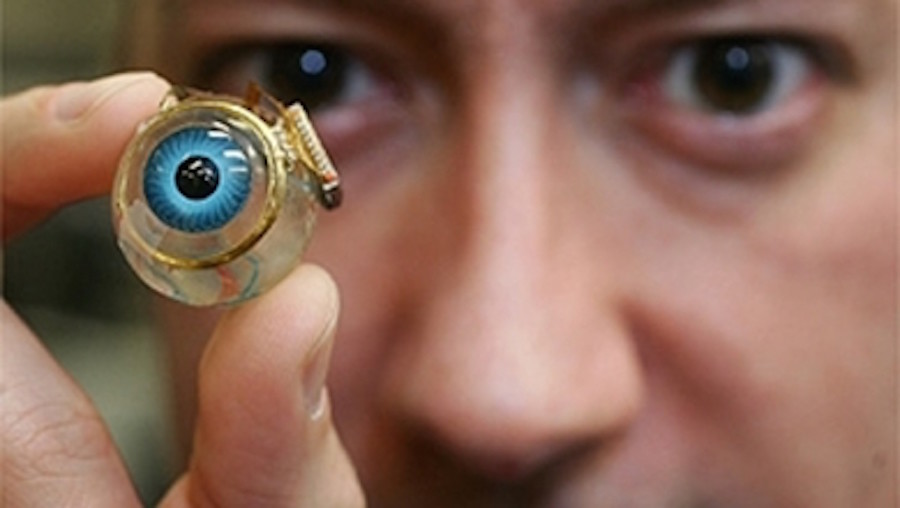Seeing through bionic eyes
The overwhelming flux of information available on the Internet and other media is constantly exposing us to new developments, new technology, and new ideas. Sci-fi movies, for example, often spark creative ways of envisioning technology and its ability to improve our lives. Picture incorporating new inventions into our own biology, for whatever advantageous quality it may have. Recently, this idea has become reality.
Of the many innovations arising from complex technological advances, visual prosthesis has garnered a lot of attention for its progress throughout the years. Visual prosthesis, also known as a bionic eye, is a device used to aid to those with vision impairments. The Argus II Retinal Prosthesis System (Argus II, for short) is the world’s first approved device that restores some functional vision to those suffering from blindness. As of now, the device is only approved by the FDA and the European Economic Area, meaning it is available in the United States and some European countries only. The bionic eye consists of glasses, a visual processing unit (VPU), a cable, and internal devices. Implanting Argus II is an invasive procedure which involves surgical attachment to the eye.
Skepticism has been a common response to this new technological feat: can we really trust it? Is it really possible to restore functional vision to the blind? The answer, for now, seems to be positive. Larry Hester was diagnosed with retinitis pigmentosa, a degenerative disease that took his eyesight. But on October 2014, as the seventh person in the U.S. to have the Argus II bionic eye, Larry was able to see for the first time in 33 years. The 66 year-old man now has a sensor in his eye which picks up light signals sent from a camera on the glasses. The device will only serve as a visual aid to help Larry distinguish different objects. He regularly receives training to learn to differentiate shapes and objects based on the flashes of the device.
Despite its apparent functionality, the incorporation of technology into our biology continues to raise some concerns. Besides the Argus II, many prosthetics are being manufactured for use, such as arms, fingers, legs, and even ears, but while all of this is awe-inspiring, we must also consider the possible limitations. How far can we go? What are the implications of developing technologies that surpass human capabilities? Just as bionic eyes were an unimaginable advancement years ago, who knows what surprises will appear in the future?
Sources: dukemedicine.org, 2-sight.eu

Sylvia, sometimes referred to as Sassy Sylvia, is the Features Editor. She has been part of The Talon for two years. Her passions include listening to...









